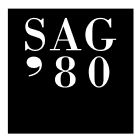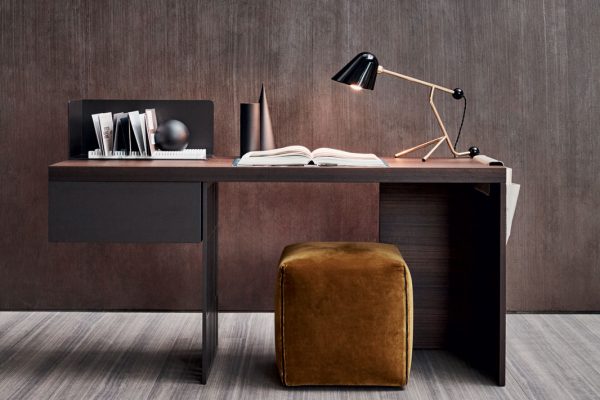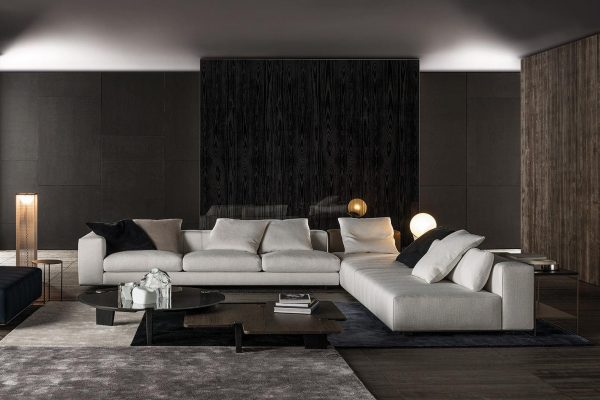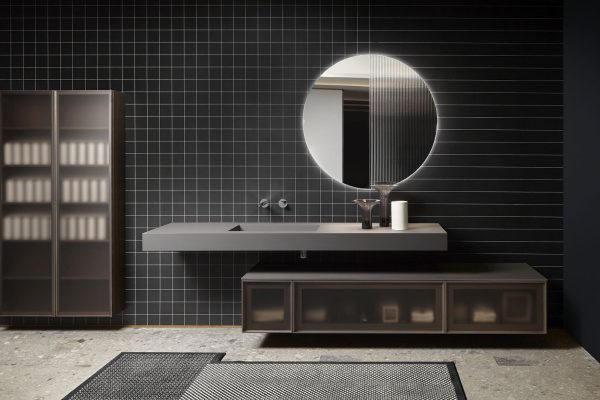Gufram, the timeless radical design that fashion likes
Hovering, since its inception, between art and design Gufram, the Barolo-based company, has an idea of the world and beauty that since the 1960s, thanks to theencounter with POP-ART, the revolution in materials-particularly polyurethane foam-has aimed to disrupt a functional, flat idea of design and then slowly contaminate other sectors, such as music and, ultimately, fashion, now more than ever connected to the aesthetics of form.
In the 1970s, the radical design movement, which later reached its peak in 1972 through the exhibition at MoMa devoted to Italian design titled
“Italy: The New Domestic Landscape”
, curated by Emilio Ambasz, had a disruptive political value that influenced not only industry but art and politics internationally.
The Prairie-for example, inviting the user to find his or her seat amidst soft strands of polyurethane foam grass-was a critique of the bourgeois drawing room and its respectable labels. Conceived by three brilliant minds, Italian designers Giorgio Ceretti, Pietro Derossi, and Riccardo Rosso in 1971, it proposed from the very beginning the irreverent desire to break down the concept of bourgeois seating. In fact, the elasticity of the material is proposed as the basis for accommodating casual rest, but also fixed, multiple or enjoyed in solitude, because on everything, Pratone, wishes to modulate according to the expectations of the freest and most nonconformist souls.
An approach that has also been borrowed by rappers A$AP Rocky and Travis Scott, who have captured its irreverent yet timeless allure.
At the same time, the iconic Bocca sofa-designed by Studio65 and inspired by Dali’s Mae West’s face and the iconic red lips of Hollywood divas-began as a provocation evoking female sexuality, and has become a global aesthetic icon appearing on Beyoncé’s tours, in David Lachapelle’s shots as well as in magazines and museums halfway around the world.
Today, the Vezza family-owned brand has managed to stay true to its aesthetic while simultaneously surfing new market niches such as collectibles with the ‘Guframini’ collection that repurpose pieces that have made design history on a smaller scale. Indeed, the radical design aesthetic has retained its pop appeal thanks in part to a measured management of the archive, the relationship of which, according to Charley Vezza, Global Creative Orchestrator at Gufram, “serves to point the direction but not to chart the course,” an interesting lesson for fashion brands that today have rediscovered the potential of the archive but are still experimenting with its practical use.
And it is precisely in the fashion system that Gufram has been making inroads in recent years, engaging in successful collaborations, revisitations of famous brand pieces, and new challenges that have led him to interpret iconic brand accessories in the eclectic and nonconformist style of radical design.
The thing that intrigues me, however, is that in Italian this word is so assonant to the word ‘root,’ as if to produce a major upheaval it is necessary always to have one’s feet firmly planted on the ground
, Vezza says.
The glam appeal of the Cactus coat rack revisited by designer Paul Smith
TheCactus coat stand, designed by Guido Drocco and Franco Mello in 1972 and standing six feet tall, has now become one of the brand’s iconic products, a representative piece of a very fertile season of Italian design.
Originally green and made of polyurethane foam, this sort of ironic totem has been offered in several limited editions over the years. Then, to celebrate the company’s 50th anniversary, a collaboration with designer Paul Smith began in 2016. The British designer first revisited it with Psychedelic Cactus, a 169-piece limited edition of the soft coat rack, made even more decorative thanks to the lysergic shades of color conceived by the designer.
Shortly after the Smith charm presented a series of fashion accessories featuring small printed or embroidered cacti. The plant, in the traditional bright green, has become a pattern on garments and accessories such as ties, silk scarves, clutches, socks, down to shirts and polo shirts.
Moschino Kisses Gufram, the capsule that makes fashion pop art
Irreverent and sensual. These are the characteristics that unite the radical style of Gufram and that of Moschino, the brand headed by American Jeremy Scott as creative director. From this commonality of views, 2017 saw the birth of ‘Moschino Kisses Gufram,’ a capsule collection of furniture that mixes approaches with an eclectic attitude, contaminating between fashion and pop art creations.
The collection, presented in the U.S. during L.A. Design Week in the spaces of the MASS Beverly showroom, consisted of three iconic products, including the sensual Zipped Lips! (in only 99 pieces), a special edition of the Bocca sofa – designed in 1970 by Studio65 – contaminated by Jeremy Scott’s flair. The sofa, made of flexible polyurethane and upholstered in fire-red fabric, features a golden zipper that keeps the lips of the sensual sofa closed, and thus takes on a fetish pop, characteristic of the Maison’s personal and unpredictable mood. For the first time Gufram ventures into the use of leather, without ever abandoning its radical approach.
Biker cabinet, on the other hand, is a cabinet on wheels that takes the shape of Moschino’siconic ‘Biker bag’ faithfully reproducing its studs, zippers, collar, and pockets. Its glass shelves can also accommodate a wide variety of objects.
Gufram then had fun interpreting huge shoes in a design key. ‘High Heels’ are two provocative pumps made of black leather and golden heel, inside of which find space, in one a pouf, in the other three glass shelves: unexpected reinterpretations of a seat and a storage cabinet. These two latest objects-‘Biker Cabinet’ and ‘High Heels’-confirm the Barolo company’s desire to play with size, making surreal outsizes a hallmark of its design.



